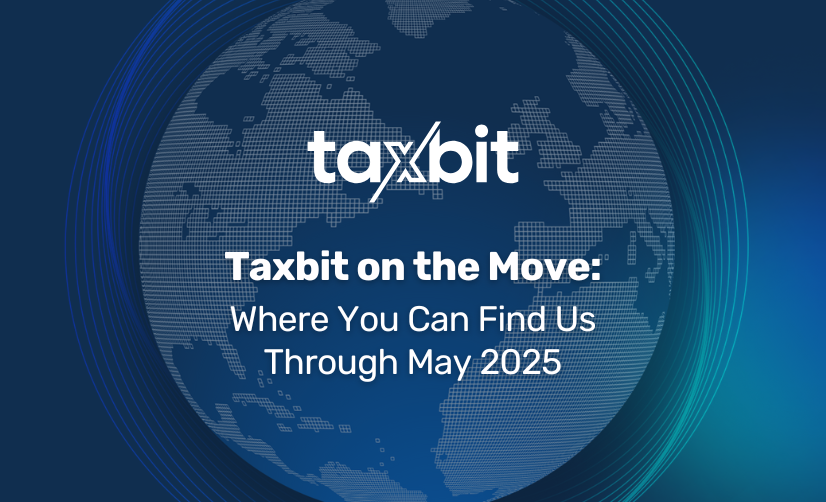Explore the essentials of CESOP, the EU’s initiative to combat VAT fraud in cross-border payments. Learn its implications for PSPs and how Taxbit simplifies compliance.
Introduction:
The Central Electronic System of Payment Information (CESOP) is a new EU initiative to combat Value Added Tax (VAT) fraud related to cross-border payments. By Q1 2024, Payment Service Providers (PSPs) in the EU will be required to report cross-border payments on a quarterly basis. This initiative aims to bring transparency and compliance to cross-border transactions, particularly those involving e-money institutions. Here’s what you need to know and how Taxbit can assist.
CESOP & VAT Overview
With the rise of digital transactions and the intricacies of cross-border payments, the EU has recognized a gap in its ability to combat VAT fraud. VAT fraud often involves sellers in one Member State evading VAT by establishing themselves in another Member State or outside the EU. To bridge this gap, the EU introduced CESOP.
As of January 1, 2024, PSPs in the EU will be required to report cross-border transactions on a quarterly basis. The rules and reporting are similar to other tax information regimes such as FACTA, CRS, DAC7, and eventually DAC8.
What is VAT?
VAT, or Value Added Tax, is a consumption tax applied to the value added to goods and services at every stage of production or distribution. Unlike sales taxes that apply only during the final sale to consumers, VAT is levied multiple times throughout the supply chain.
Who is Affected by CESOP?
CESOP encompasses five (5) categories of PSPs providing payment services within the EU, including:
- Credit institutions or banks
- E-money institutions – It is important to note that Digital Asset Exchanges will likely fall into this category
- Payment institutions
- Post-office giro institutions
- PSPs processing payments totaling less than €3 million annually
In-Scope Transactions for CESOP Reporting:
- The payer of the transaction is in the EU
- The transaction (i.e., payment) is cross-border
- The transactions by payee aggregate to more than 25 cross-border transactions within the quarter
CESOP & Crypto Exchanges:
Crypto exchanges should be aware of CESOP as it will likely have an impact when an exchange facilitates the buying and selling of cryptocurrencies between a buyer and seller across different EU member states. With the multitude of new information and reporting regulations both in the US and EU, crypto exchanges should contact their tax advisor to assist in answering the key questions below.
Key Questions for Determining if CESOP Impacts Your Enterprise:
- Do you fall into the categories above?
- Have you identified transactions and transaction channels to determine applicability?
- Can you identify the cross-border nature of the transactions?
- Can you access, export, and aggregate transactions by payees?
How Taxbit Can Help
Navigating the complexities of CESOP can be challenging, especially with the impending deadlines. Taxbit is here to simplify the process:
- Platform Expansion: Taxbit caters to US and EU regulatory requirements all in one platform
- Information Reporting: Taxbit’s platform is designed to align with CESOP information reporting to ensure tax transparency.
- Meeting Timelines: With the first report due in April 2024, Taxbit ensures that PSPs meet their reporting obligations in a timely manner.
- Comprehensive Solution: From determining entity eligibility to generating XML reports for each member state, Taxbit provides an end-to-end solution for CESOP compliance.
In the rapidly evolving world of cross-border transactions, staying compliant is paramount. With CESOP’s introduction and Taxbit’s support, PSPs can navigate this new landscape confidently, ensuring transparency, trust, and compliance.









